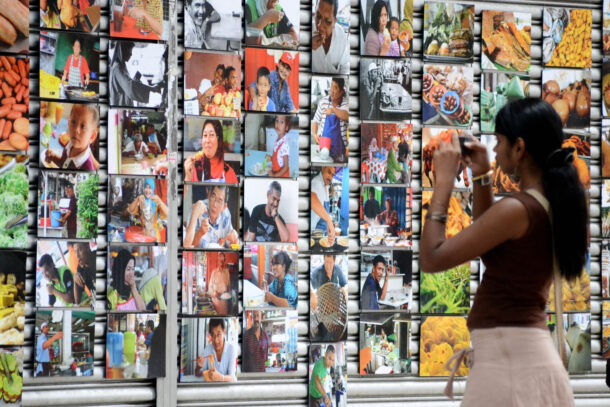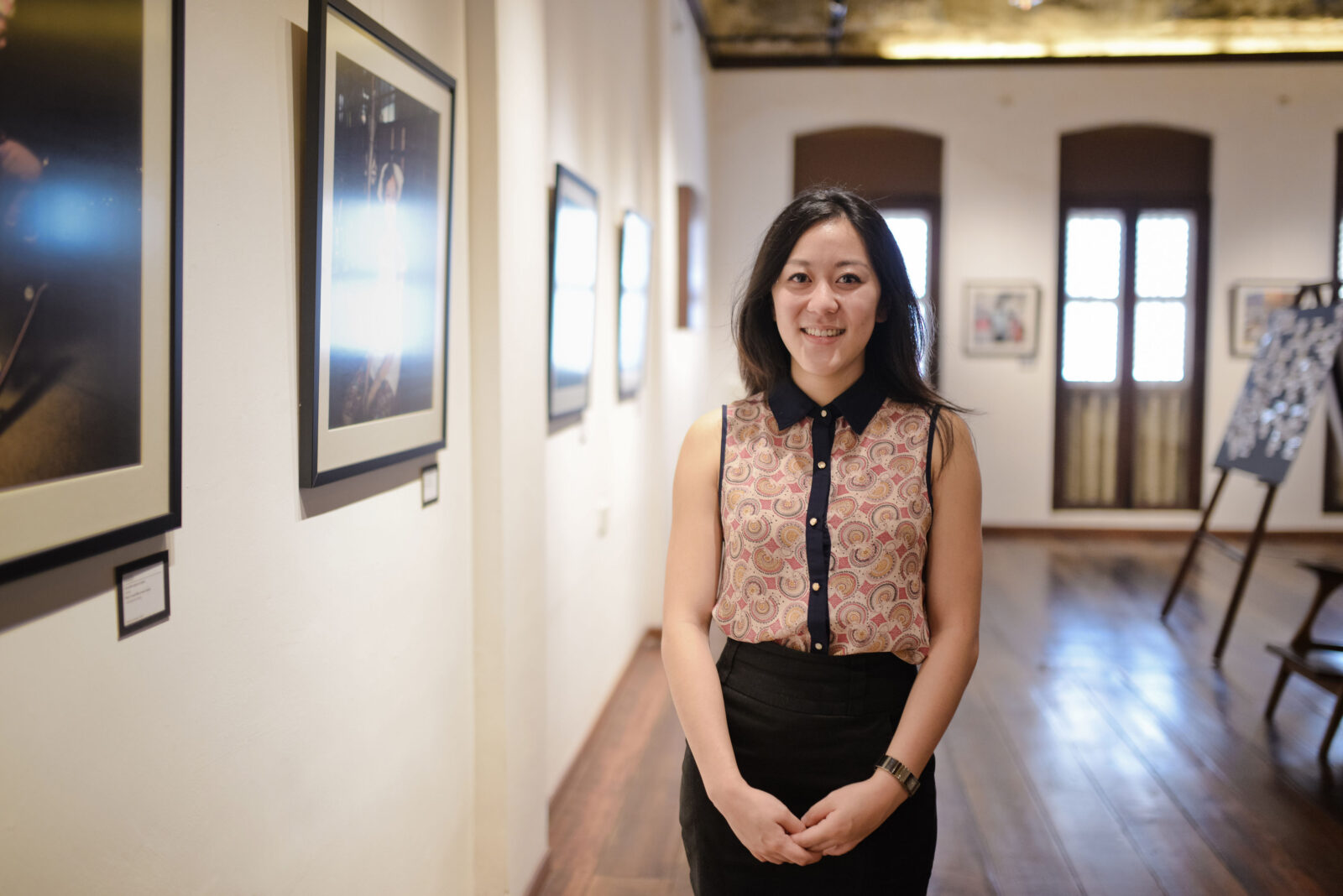By JC LAM
alltherage@thestar.com.my
DAVID Xavier, a fresh graduate in art and design, said he was “never really interested in heritage”. And his mother is the executive director of Badan Warisan Malaysia – the Malaysian heritage trust.
But according to his mother, Elizabeth Cardosa, there was a change when an old supermarket near his home was demolished. That’s when he started caring about the history and heritage that’s really all around us, even though we often don’t see it.
These days, Xavier, 25, is part of a new generation of young heritage heroes who’re helping make our local Malaysian heritage exciting again. He lends his design skills to preservation projects.
The key to getting young people interested in heritage, he said, lies in helping them find a personal, emotional connection to it – like the old supermarket.
“We’re at a point in time where the youth want to explore, experiment and get the most out of life,” said Xavier. “But so many of us are so confused and jumping from boat to boat because we never really found something which is our own.
“Knowing about your culture and past makes you more confident about your identity; and emotionally, that gives you peace of mind.”
Getting them to realise that helping to preserve heritage can be as simple as contributing your design skills – and doesn’t necessarily need to be some huge nation-wide crusade – is also important.
“Even if it’s helping to preserve a specific art form, if that’s the one thing you wanna protect and you don’t care about the rest, that is still a valuable contribution,” he said. “Other people will fill in and help with the other parts.”

Creative preservation: A photography display on the history, people and culture of the Chow Kit area by Projek Chow Kit Kita. It’s just one example of the many creative heritage-related projects being created by and for your people.
Heritage heroes
In terms of protecting heritage buildings in Ipoh, 25-year-old Peggy Lim would be the first to volunteer.
With development a constantly-evolving process, sometimes the old has to give way to the new. It’s one of those situations where progress, economic value and heritage all coalesce in a common pool, Lim said.
It seems most evident in Ipoh, where family businesses are passed on to the younger generation – something not uncommon there. These businesses often reside in old, heritage buildings.
“Whether they feel a need to actually preserve the buildings is another story, because a lot of them do feel that they will continue the business here, and it’s not about the building for them,” Lim revealed.
Her parents own 14 heritage buildings in Ipoh. And based on her experience helping keep these building alive and relevant, Lim believes the ideal situation is to see progress, but not at the expense of heritage.
“There’s this thing called adaptive reuse of buildings. And it simply means keeping the building relevant in modern times,” she explained. “I think that’s possible by giving the building a purpose relevant to the community now.”
Being creative
Leading by example, Lim co-founded an art gallery in one of the old buildings her parents restored. She runs the gallery now, and she also lives in a heritage building herself. Her partner, Sim Pojoo, is a video producer from Kuala Lumpur who moved to Ipoh to get involved in the art scene there.
Interestingly, the arts is a recurring theme where local heritage preservation is concerned.
In that sense, Lim is not alone in her crusade. Community project organiser Lew Pik-Svonn, 30, has been involved in various non-profit endeavours using the arts to connect more effectively with young people since 2008.
She is one of the people behind Projek Rumah Ibadat Kita of 2012, which saw 17 volunteer-participants aged 18 to 30 undergo a series of workshops to produce brochures, videos and photography exhibitions featuring places of worship in Brickfields, Kuala Lumpur.
The workshops resulted in an arts exhibition as well as a walking tour map of Brickfields for tourists.
Part of her on-going initiative, Projek Chow Kit Kita, involves getting youths around the Chow Kit area to explore and learn about the history, people, places and culture of their surroundings. Then, they present them in various art forms, like photography, videography and street performances.
The project is constantly growing and evolving, but one thing remains the same – the use of the arts to get youths to relate to their diverse surroundings, given the famous street’s melting pot of cultures.
“We know that Malaysia’s multi-cultural community is not homogeneous and neither is our heritage,” Lew said. “I believe our youth need to start playing a more active role in the process of identifying, evaluating and safeguarding our collective heritage.”
Unfortunately, according to Xavier, that’s easier said than done with local culture today so heavily integrated with Western influence. Heck, even K-pop has stuck its finger in the pie.
The young designer thinks that more emphasis should be given to promote and encourage local culture and heritage, with pop culture left as its own entity. By that point, he hopes to see a significant change to the environment and people.
“It’s not about picking one and disregarding the other. It’s about finding a way to combine the two in the right context for our future,” Xavier explained.
“Everybody wants to be special in some way. One thing that can make us really special is to preserve our heritage.
And that begins on a personal level with our neighbourhoods and our homes. Literally.



Leave a reply